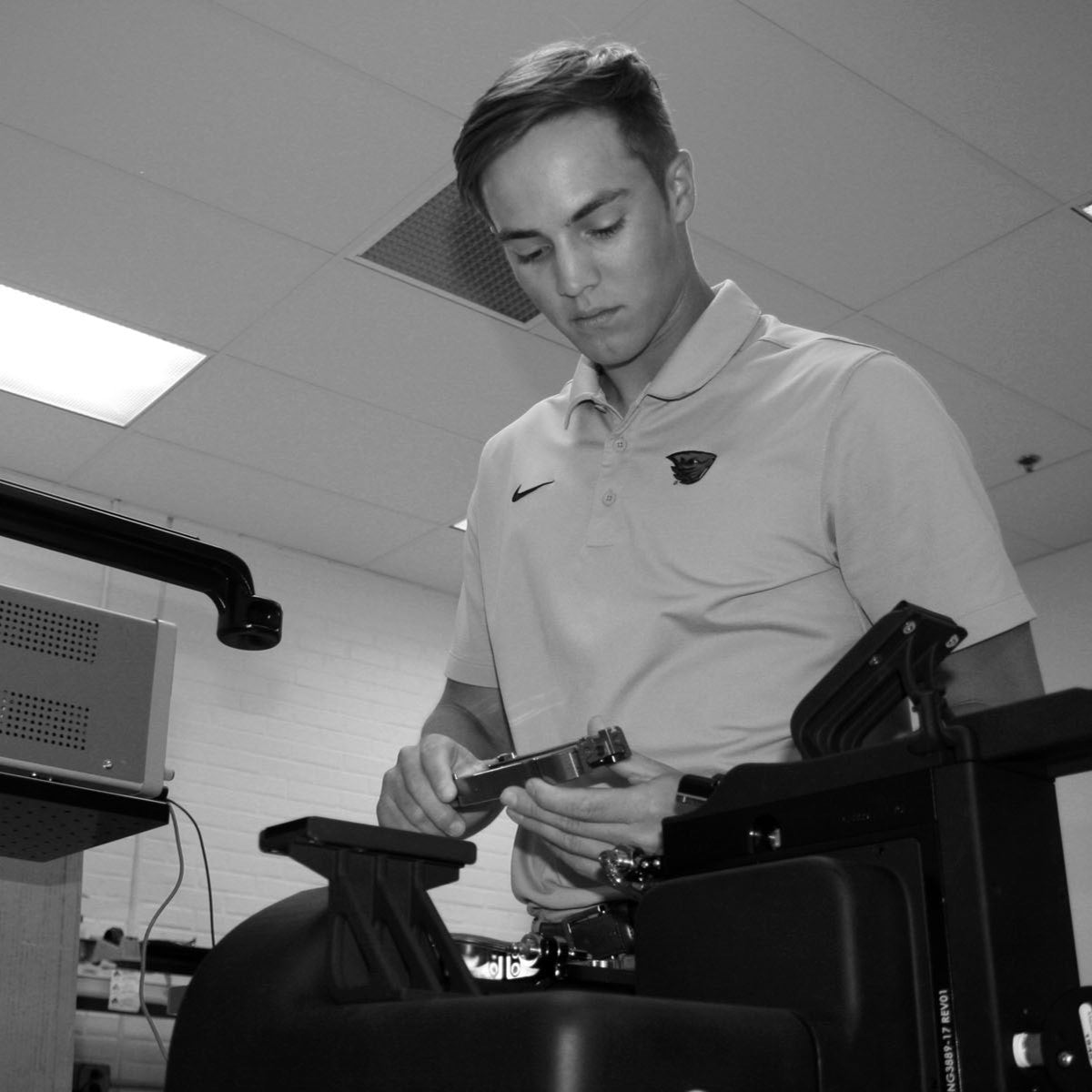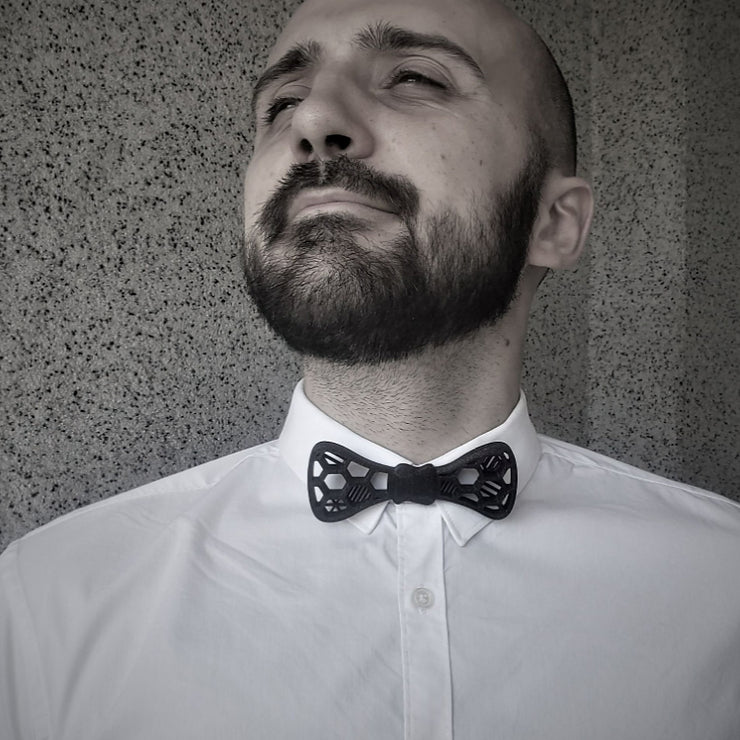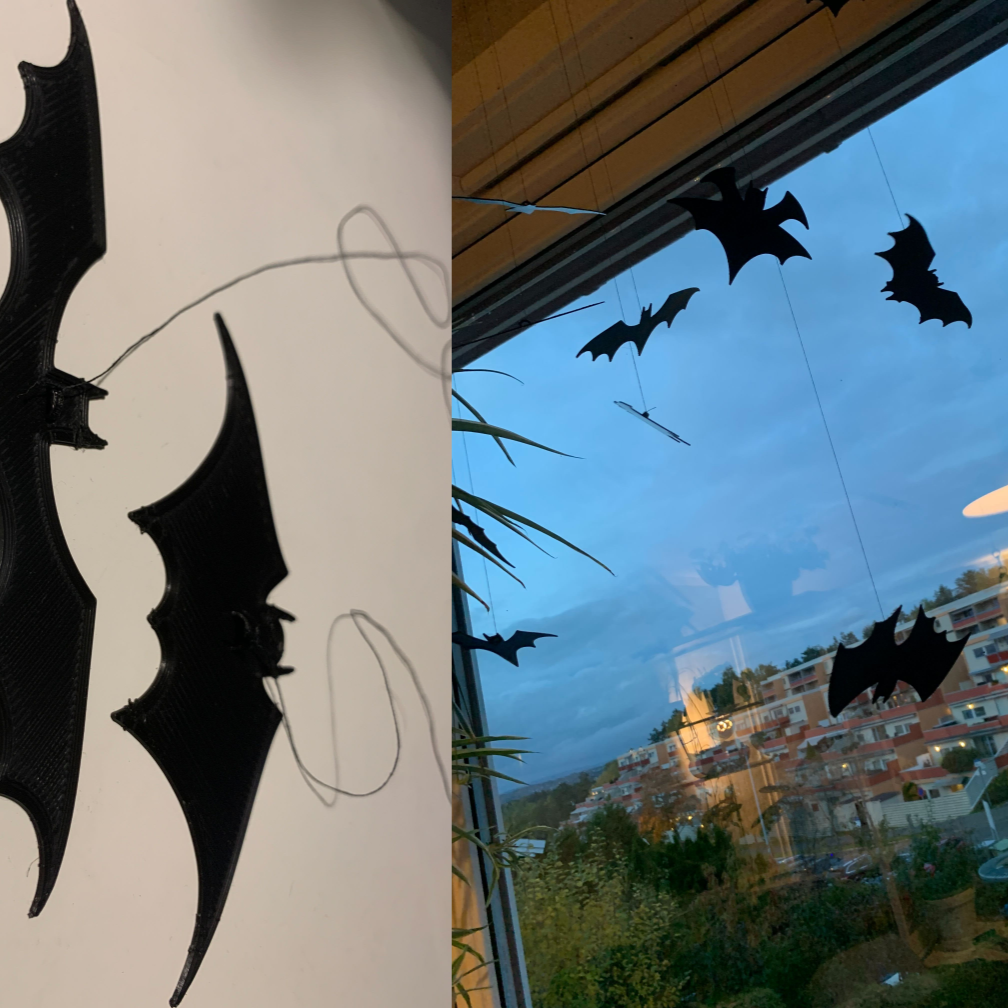Can you tell us a bit about yourself?
My name is Wyatt Weaver but I more commonly go by ATOM Engineering online. I'm a mechanical design engineer in my professional life, although the aspirations to design and create innovative and intelligent solutions extend far beyond my professional work and projects. In late 2020 I fully committed to leveraging my skillset for applications outside my day job.
I started by founding ATOM Engineering, a brand based around presenting my work to the world. With a mission to teach others about engineering, design, and coding by sharing the lessons I've learned over the years, through my unique projects and education. Since starting ATOM Engineering I've found a passion for additive manufacturing and the ways it can help solve everyday problems at a fraction of the cost all while being more sustainable than conventional manufacturing methods.
Since finding this passion I've made it a point to help expose others to the wonders of additive manufacturing and show them the world of opportunities that lay within.
How did you get into design?
Like most individuals that go on to pursue a degree in engineering, I've always had a creative and inquisitive mindset. I was constantly curious about how things worked as a kid, which usually resulted in me taking them apart and not being able to put them back together. Since then I'm happy to report I've refined my skills, allowing me to correctly re-assemble things without issue. During my studies at university, I participated in a few internships, the first of which was very design-centric. I think this is where my passion for design really started to grow, which is partially why I chose a design engineering role upon graduation. Since graduating I've been continuing to develop my design skillset both through my projects at work as well as my ATOM Engineering projects.
What kind of tools and resources are you using when working on designs?
My design process always starts with concept ideation, this usually involves sketching out a few design concepts in my notebook, commonly referred to as my "book of bad ideas". If it's a design that's based around an existing physical product I'll usually take some key dimensional measurements using my digital calipers. Once I have a pretty refined drawing and captured the key dimensions, I then take to the computer and begin modeling the design in CAD. I primarily use Solidworks for modeling since it's the same software I use in my professional work. Although recently I've been looking at streamlining my design process by incorporating the use of an Apple IPad. Allowing me to sketch concepts, model products, and render them all on one platform. Once modeling is complete, I then use a slicing software called Cura to turn my 3D models into G-Code. I then transfer the G-Code file over to my Snapmaker 2.0 A250 printer, which is an instrumental tool for my design process. Depending on the complexity of the design there is usually some design iteration involved as well.
Where do you get your inspiration from?

I source inspiration from a wide variety of places in my life. Whether it's the internet, physical products I see in a store, projects, and designs from work, or even nature. One thing I've definitely noticed as I've developed as a designer over the years is just how much design plays a role in the products of your everyday life. If you stop and look at nearly any product you come in contact with, you'll see the design choices of a designer. I find it fascinating to really analyze products I see out in the real world, whether it's a unique fillet on the edge of an aluminum frame or the inclusion of a crisp chamfer on a cylinder's rim. Design is a part of everyday life and if you stop to inquire and think critically about why a designer chooses to make a specific choice, you'll find yourself beginning to incorporate similar design principles into your products.
Is there anything your fans/buyers can look forward to from your product design in the future?
There are a few design series I'm looking to produce for my followers in the future. The first of which is designing 3D printed parts that seamlessly integrate with off-the-shelf products such as light fixtures, to allow individuals to assemble custom products that have the feel and quality of a conventional consumer product. As part of this, I'm looking at a few vendors that offer custom lighting solutions as well as cables. Allowing individuals to customize not only the color and finish of the 3D-printed parts but also the light fixtures and cords.
Another design series that I'm looking to produce for my followers in the future is an IKEA series. Designs that improve and help to better utilize products made by IKEA are extremely popular within the maker community and it's something I've been wanting to try my hand at for some time now. The benefit of designs like this on top of the quality of life improvement from modifying existing IKEA products is a huge percentage of the world has access to IKEA products, making my designs beneficial to a larger community of people.What value does Vulkaza add to your designs?
Vulkaza is a huge value add to my brand and designs for a couple of reasons. Their platform allows me to seamlessly upload new designs and easily market them to a much wider and diverse consumer base than previously possible. Part of this expanded exposure is due to Vulkaza's print-on-demand business model allowing individuals that previously may have loved my designs but was unable to acquire them due to not personally owning a 3D printer, to now order these designs and have the physical products shipped straight to their doorstep. This system allows me to have zero inventory but still make a commission on designs allowing me to focus my efforts on developing new designs, instead of worrying about the logistics of printing and shipping these products to respective customers. Lastly, is the community aspect of being a designer for Vulkaza. They have done an excellent job of finding some of the best designers in the maker community, many of whom I really look up to and pull inspiration from. I look forward to seeing how Vulkaza develops over time and am excited to be a part of their journey.



